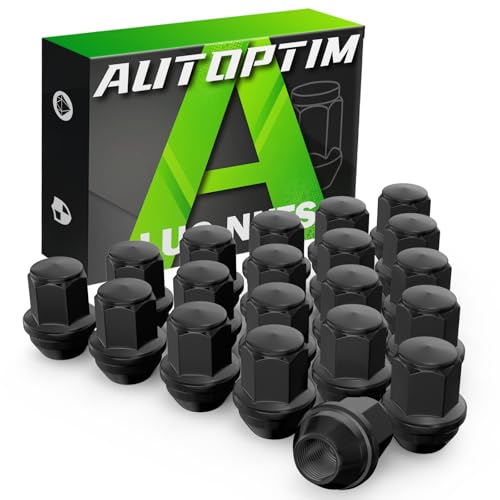http://pantera.infopop.cc/eve/forums/a/tpc/f/5650045562/m/319104265
Both the 351C 2V and the 351C 4V have higher volumetric efficiency than the popular in-line-valve V8s people are more familiar with; at wide open throttle the vacuum in their intake manifolds will drop lower than it does in those other V8s if the carburetor is large enough to allow it. This is the reason larger carburetors are recommended for the Cleveland engine series. If an owner allows the popular literature to influence their choice in carburetors, they shall end up strangling their Cleveland motor with a carburetor that is too small.
On top of that the 351C 4V is capable of operating over an extraordinarily wide power band, certainly wider than any other OHV engine from its era. The first 351C 4V performance manifolds designed by Ford were designed for list #4575 Holley Dominator carburetors (1050 cfm)! Ford’s earliest carburetor recommendations also included the Holley 850 cfm double pumper. The 351 Cleveland engines require carburetors designed for engines having higher volumetric efficiency and in the case of the 351C 4V a wide power band too. The usual carburetor choices for a 351C 2V usually range from 650cfm to 750cfm; for the 351C 4V those choices usually range from 750cfm to 850cfm. None of these carburetors are too big for a 351C street motor, especially if they are equipped with annular booster venturis. With a 351C 4V street motor it is a challenge to find a carburetor that performs well at low rpm while also being large enough to take advantage of the WOT (wide open throttle) volumetric efficiency of that motor.
Annular booster venturis atomize fuel better and provide a stronger fuel metering signal at low air velocity. In other words, annular booster venturis benefit the low rpm and mid-rpm performance of a motor in the same manner as the smaller primary throttle bores of a spread bore carburetor. These attributes make annular booster venturis popular for improving the low rpm operation of performance engines, where they have earned a reputation for improving torque, horsepower and throttle response at low engine speeds. However the improvement in fuel atomization distributes fuel more consistently throughout an intake manifold, resulting in more consistent fuel/air ratio from cylinder to cylinder, therefore annular booster venturis actually improve torque and horsepower across a motor's entire power band; and they improve fuel economy too! The only drawbacks of annular booster venturis include their larger physical size (which reduces the airflow capability of a carburetor by a relatively small amount) and their greater cost of manufacture.
Mechanical secondary/annular booster carburetors featuring street calibration and electric chokes
*Demon Carburetors #1282020 - 650 cfm - Speed Demon, mech. secondary, elec. choke kit #421440
*Demon Carburetors #1402020 - 750 cfm - Speed Demon, mech. secondary, elec. choke kit #421440
*Demon Carburetors #1563020 - 850 cfm - Speed Demon, mech. secondary, elec. choke kit #421440
*Holley #0-9379 - 750 cfm - Competition Series, mech. secondary, choke horn equipped
*Holley #0-9380 – 850 cfm - Competition Series, mech. secondary, choke horn equipped
*Quick Fuel Technologies (QFT) #SS-650-AN – 650 cfm – SS Series, mech. secondary, electric choke
*Quick Fuel Technologies (QFT) #SS-750-AN – 750 cfm – SS Series, mech. secondary, electric choke
Vacuum secondary/ annular booster carburetors featuring street calibration and electric chokes
*Demon Carburetors #1282020VE - 650 cfm - Speed Demon, vac. secondary, electric choke
*Demon Carburetors #1402020VE - 750 cfm - Speed Demon, vac. secondary, electric choke
*Demon Carburetors #1563020VE - 850 cfm - Speed Demon, vac. secondary, electric choke
*Summit Racing #M08600VS - 600 cfm – vac. secondary, electric choke
*Summit Racing #M08750VS - 750 cfm – vac. secondary, electric choke
Vacuum secondary/down-leg booster carburetors featuring street calibration and electric chokes
*Quick Fuel Technologies (QFT) #SS-680-VS - 680 cfm – SS Series, vac. secondary, electric choke
*Quick Fuel Technologies (QFT) #SS-735-VS - 735 cfm – SS Series, vac. secondary, electric choke
*Quick Fuel Technologies (QFT) #SS-780-VS - 780 cfm – SS Series, vac. secondary, electric choke















































